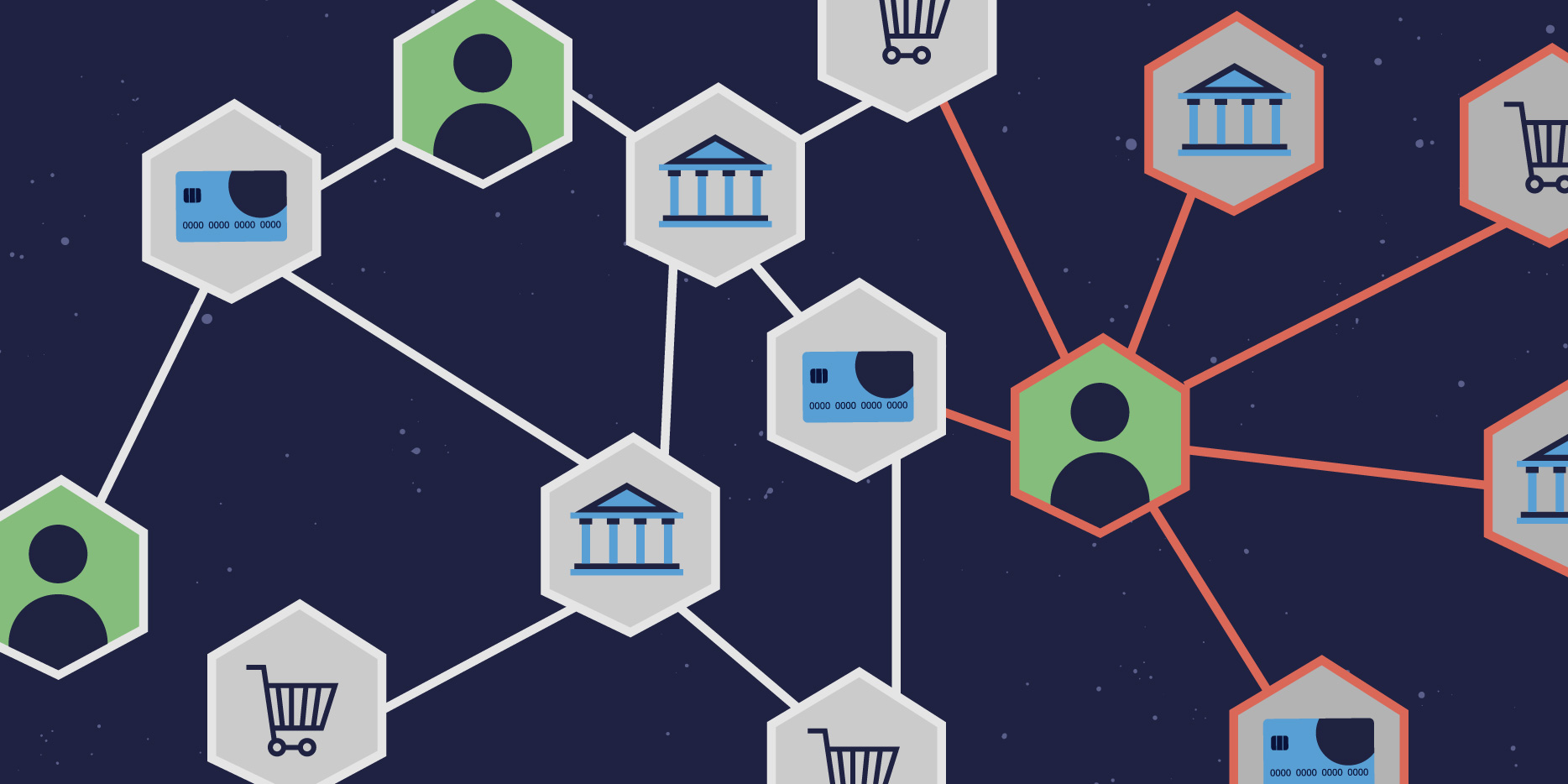
The number of companies who’ve reported fraudulent occurrences has surged once again — this time from 36% of banks in 2016 to an astounding 49% in 2018. This massive increase in economic fraudulent activity has occurred in parallel with digital transformation efforts at companies globally. Fraud and financial crime have evolved to a new level of complexity, exploiting weaknesses that these new channels have.
The insights around the exploitation of these new channels also speaks to the immediacy of the global fraud and financial crime issue: In 2017, there were 380,000 mobile account takeover (ATO) occurrences, but because of the many companies that continue to shift a large portion of their business to online and mobile channels, this number has skyrocketed to an all-time high of 679,000 occurrences in 2018.
These challenges are also compounded by the increase in purchase transaction growth, which is expected to explode from their last measurement in 2015 of $258 billion to $767 billion by 2026 — an increase of roughly 297% in just 11 years. The combination of this growth with the growth of reported fraudulent occurrences paints a worrying picture. All companies within the payment ecosystem — global banks, challenger banks, eCommerce marketplaces, big and small merchants — will feel the heat of this massive increase in financial crime activity.
One big question that arises from these major problems is this: with financial crime schemes already so advanced and so adept at exploiting weaknesses in not just singular channels, but across multiple channels simultaneously, how do organizations best protect themselves from financial crime and fraud?
First, it’s important to acknowledge how advanced financial crime and fraud has become. Take, for example, a multichannel ATO fraud scheme used by criminals at banks:
- Fraudster gains visibility into credit card number, account user details, and phone number from a data breach.
- Fraudster commits a SIM swap (tricking a phone company to change the SIM on an account to one the fraudster has in their possession) to take over the individual’s phone and intercept incoming messages.
- Fraudster calls the bank on the new phone number and, after researching the individual online, answers the basic verification questions and asks to reset the password.
- The bank texts a security code to the number on file, which the fraudster receives immediately.
- Fraudster logs into the account on their computer and drains the account.
In just hours, a fraudster can completely drain an account, forcing the bank to repay the customer and rebuild the broken customer relationship.
The problem with the majority of fraud and financial crime prevention platforms is that they are not properly equipped to detect this type of behavior. Often, customer behavior is siloed and only specific to a single channel, enabling criminals to avoid detection methods by exploiting gaps that exist between channels.
Banks need to be able to build a single view of the customer across all channels.
In order to meet this need, the requirement for a fraud or financial crime platform is simple, but the execution is not. The platform needs to be capable of scoring behavior with hypergranular accuracy across all channels in real-time. Profiles that are created in one channel shouldn’t have to be ‘recreated’ in another channel. Rather, profiles should be able to add risk information as a customer interacts with a bank, regardless of the channel the customer chooses.
This enables companies to build a 360-degree view of each customer within their system. That way, not only are anomalies clearly seen, but banks are able to mitigate even the most elaborate fraud and financial crime attempts across both new and old channels.
To build an even more accurate customer profile, companies need to also think beyond cross-organization for data collection. Data consortia enable enrichment from outside of a company, allowing companies to more accurately assess risk and behavior even if they’ve never seen the customer before.
Leveraging Feedzai for a 360-degree customer view.
Feedzai’s platform is built from the ground up as an omnichannel fraud and financial crime mitigation platform. We leverage hypergranular Segment-of-One™ profiling to hyper-analyze individual entities, and then collect data across all channels to accurately provide a 360-degree risk and customer behavior assessment.
Feedzai’s clients also utilize Risk Ledger™, our proprietary risk-focused data consortium, to bring insights from all across the payment ecosystem and significantly bolster scoring accuracy.
Feedzai’s VP EMEA, Martin ten Houten, was recently featured on thepaypers.com in the B2B Payments and Fintech Guide 2019.
Share this article:
Related Posts
0 Comments5 Minutes
A Global Elder Fraud Epidemic: Exclusive Feedzai Research
Digital connections have become lifelines for our senior citizens. But the digital realm,…
0 Comments10 Minutes
A New Account Fraud Solution to Block Fraud at Stage 1
The account opening stage is arguably the most crucial point in a bank's customer…
0 Comments16 Minutes
Using Fraud Analytics to Stay Ahead of Criminals
As if the battle against fraud wasn’t complicated enough, merchants have to contend with…


